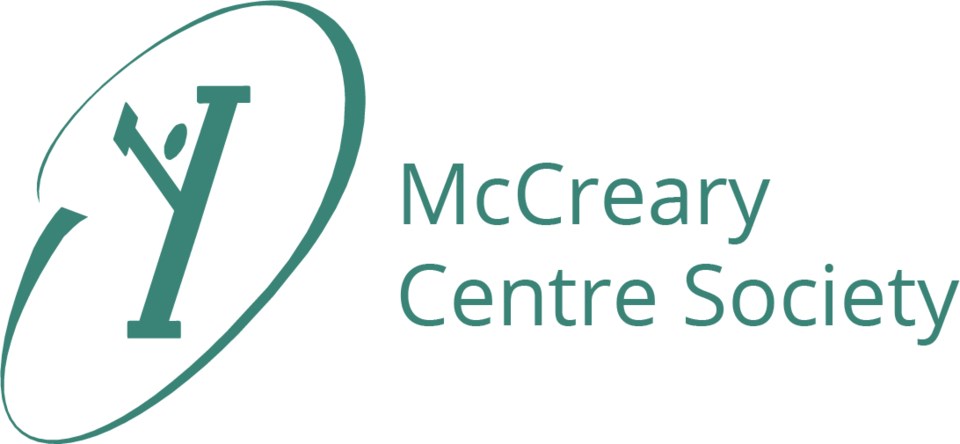Most school districts recognize that the customary organization of public schools, especially junior and senior secondary schools, simply does not fit the needs of some kids.
I remember the principal of a grades 9-12 alternate school telling me about his well-intentioned idea of bringing in a retired heart specialist to impress the dangers of smoking upon the 15-17 year-old-students.
One student raised his hand and said: “Sir, I appreciate the advice you are giving us, I really do, but last night when I got home there was no food in the house. I scraped up some change and bought a pizza at the 7-11. Later that evening, my mom came home, as she sometimes did, with a guy I’d never met. They’d both had a few, so I knew it was time for me to hit the street. I went up to the park, had a couple of ciggies and waited until it was OK to go home again much later on. These ‘visitors’ never stayed overnight. Please don’t tell me I can’t have those cigarettes.”
If that young man, older beyond his years, was going to graduate from high school there was no point in “the system” expecting him to get up bright and shiny the next morning, enjoy a nourishing breakfast and be ready for first class at 8:50 a.m.on the dot.
He, and many other kids like him, need more flexibility from the system, flexibility which recognizes that, while they want to stay in school and graduate, school and their lives might not be in sync at the moment. The two are not always connected.
Even given public education’s stated goal of finding a path to success for every student, there are some whose life experiences make attending traditional high school challenging. It could be pregnancy, serious illness, family problems or other circumstances over which kids themselves have little or no control.
A McCreary Centre Society review of adolescent health and alternate education programs found that when even the most vulnerable youth do feel connected to school, they are more likely to report better health, above-average marks and engage in fewer risky activities than youth less alienated by the system.
There is no reason to suggest any of that has changed since the original review was issued in 2006.
Quite the contrary.
McCreary researchers went on to propose that “access to supportive educational programs … are, therefore, vital protective factors in the lives of youth, particularly for those who are disengaged from home and community."
The McCreary study quotes an alternate school teacher: “Many of our kids will tell stories about being misunderstood in the larger school … [the teacher] is not used to the world that that kid comes from.”
Those circumstances can make it difficult for a student to concentrate on classes in the absence of the more individual support and the kind of flexible scheduling alternate schools offer.
At last count, south Vancouver Island school distric from Victoria to Nanaimo support about 15 alternate schools.
Not all alternative high schools exist to meet the needs of disaffected kids whose support systems have failed them.
Many offer academic credit for work experiences or internships. Alternate schools can include magnet (arts-based) schools, charter and even online schools.
Many students simply want the opportunity, one way or another, to somehow succeed in high school and earn graduation.
Teachers in these schools are often the most predictably stable adults in a student’s life. School becomes a safe place, a place of refuge. Teachers at these schools keep in mind that an important goal is to equip their kids with the confidence they’ll need to possibly return to the “normal” system and graduate, ready to take on some form of tertiary education.
Some of the most self-directed kids I ever taught had returned to the normal system after getting their feet on the ground in an alternate setting.
About 40 per cent of youth in the McCreary alternative education survey felt they were gaining the skills and knowledge to go on to college, university or a technical institute.
These kids reported greater school connectedness in getting these skills and knowledge needed for the next step.
A total of 32 per cent reported returning to “normal” education through their alternative education program because they wanted to continue on to college, technical school or university.
As that often quoted source “anonymous” recommended: “If the plan isn’t working, change the plan but never the goal.”
Geoff Johnson is a former superintendent of schools.



